CNC Milling for Oil & Gas Equipment
Frigate delivers CNC milling solutions that ensure precise dimensional control, material integrity, and fatigue resistance for mission-critical oil & gas components. Machined parts maintain geometric stability and metallurgical uniformity under HPHT, sour gas, and multi-axial load conditions.
Our Clients



































- Process Capability for Precision Die Milling
Multi-Axis CNC Machining for Oilfield Components
Dimensional tolerances and sealing profiles are maintained using controlled toolpaths in high-pressure, high-temperature, and corrosive environments.
Flatness Control Under Load
Surface deviations over ±0.003 mm cause seal distortion. Frigate ensures flatness via synchronized axis milling and FEA-driven toolpaths, preserving joint integrity under bolt preload in high-pressure systems.
Grain Stability in Hardened Alloys
Local thermal softening during machining disrupts alloy performance. Frigate applies low-engagement strategies with directed cooling to preserve grain boundaries in critical areas exposed to hydrogen and cyclic stress.
Concentricity for Rotating Parts
Sub-10 µm concentricity prevents imbalance in rotating assemblies. Frigate maintains alignment using C-axis interpolation and multi-point probing, ensuring axial precision in high-speed, high-cycle components.
- Machining Workflows
Our CNC Milling Process
Tight component tolerances and fine feature depths are achieved through high-speed, thermally stable CNC milling in cleanroom-compatible workflows.

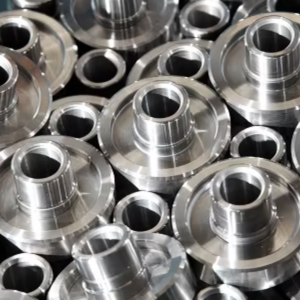
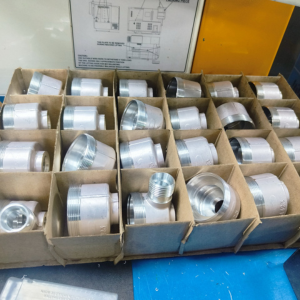
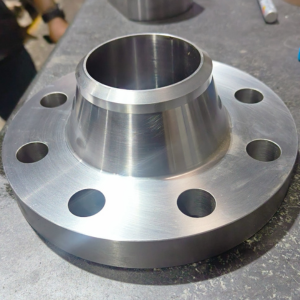

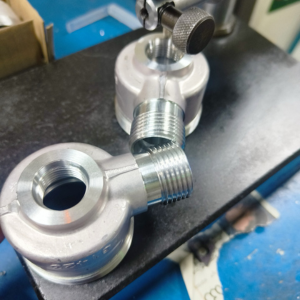
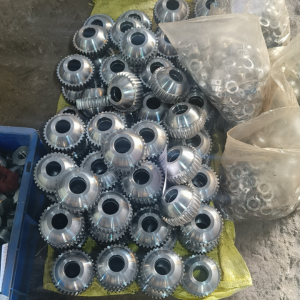
Engineers design the part using CAD (Computer-Aided Design) software. The design includes all dimensions and specifications.
The CAD design is converted into CNC code, often using CAM (Computer-Aided Manufacturing) software. This code tells the milling machine how to move and cut the material.
Operators prepare the CNC milling machine by securing the material (workpiece) and installing the appropriate cutting tools.
The CNC machine reads the code and starts milling. The cutting tool rotates and moves along multiple axes to remove material from the workpiece and shape it into the desired part.
The machine monitors the cutting operations throughout the process. Operators may make adjustments to ensure precision and quality.
After milling, the part may undergo additional processes like deburring or polishing to achieve the final specifications.
The finished part is thoroughly inspected to meet all design requirements and tolerances.
- Real Impact
Words from Clients
See how global OEMs and sourcing heads describe their experience with our scalable execution.
“Quick turnaround and solid quality.”
“The instant quote tool saved us time, and the parts were spot-on. Highly recommend Frigate!”
“Great service, fair price, and the parts worked perfectly in our assembly.”
“Top-notch machining and fast shipping. Very satisfied with the results.”
“Frigate delivered high-quality parts at a competitive price. The instant quote tool is a huge plus for us!”
“We appreciate the precision and quality of the machined components in the recent delivery—they meet our specifications perfectly and demonstrate Frigate’s capability for excellent workmanship.”
“Flawless execution from quote to delivery.”
“The precision on these parts is impressive, and they arrived ahead of schedule. Frigate’s process really stands out!”
“Parts were exactly as spec’d, and the instant quote made budgeting a breeze.”
“Good value for the money.”
“The finish was perfect, and the team was easy to work with.”
- Surface Finish
Flawless Finishes for CNC Milling Parts
Surface roughness is optimized using specialized cutters and constant tool engagement techniques. This ensures compatibility with sealing systems, wear surfaces, and corrosion-resistant coatings.
Anodizing
Give your aluminum parts a tough, corrosion-resistant shield with anodizing, reaching surface hardness up to HV 500, while enhancing electrical insulation and durability.
Mechanical Finishing
Smooth out imperfections and refine surfaces to Ra 0.2 µm or better with mechanical finishing techniques like grinding, polishing, and bead blasting.
Heat Treatment
Boost material strength and hardness by heat treating parts at temperatures up to 1100°C, ensuring they meet the mechanical demands of your application.
Electroplating
Add protective or functional metal coatings with electroplating, delivering consistent layers as precise as ±2 µm for improved corrosion resistance and conductivity.
Our Machined Products
We support your production needs with CNC-machined parts, subassemblies, and performance-critical components.
- Material Selection
CNC Milling Material Compatibility in Oil & Gas Equipment
Material compatibility plays a critical role in CNC milling for oil and gas components. Selection depends on thermal stability, corrosion resistance, and load-bearing capacity during extreme environmental conditions.
- Engineered for high-temperature environments with minimal deformation under stress.
- Offers reliable resistance to erosion and chemical degradation during fluid handling.
- Enables long-term durability against cyclic mechanical loads and pressure fluctuations.
- Supports complex machining requirements involving deep cavity milling and thread integrity.
A2 Tool Steel is a high-carbon, high-chromium steel known for its toughness and wear resistance. It’s ideal for producing durable, high-strength parts that can withstand heavy use.
Aluminum is a lightweight, corrosion-resistant metal with good machinability. Because of its strength-to-weight ratio, it’s commonly used in aerospace, automotive, and various industrial applications.
Brass is a copper-zinc alloy known for its machinability and corrosion resistance. It’s used for components requiring precise detailing and good mechanical properties.
Bronze is a copper-tin alloy with excellent wear resistance and strength. It’s often used for bushings, bearings, and other friction-prone components.
Cast Iron is known for its high wear resistance and machinability. It’s used in heavy-duty applications such as machinery parts and engine components.
Copper offers excellent thermal and electrical conductivity. It’s used in applications requiring heat dissipation or electrical conductivity, such as electronic components.
Steel is a versatile material known for its strength and durability. It’s used in various applications, from construction to automotive parts.
Titanium is a lightweight, high-strength metal with excellent corrosion resistance. It’s used in aerospace, medical implants, and high-performance engineering applications.
Stainless Steel offers high corrosion resistance and strength. It’s widely used in applications ranging from kitchen equipment to industrial machinery.
Zinc is a ductile and corrosion-resistant metal known for its excellent machinability, especially in its alloy forms. It's often used for components requiring intricate details, good surface finish, and precise dimensions, commonly found in automotive, hardware, and electrical applications.
- Data Continuity
Integrated Digital Thread and Part Qualification
CNC-machined components are digitally connected to design models, toolpath records, in-process metrology, and post-process inspections via a secure digital thread. This framework supports traceable revisions, synchronized updates, and conformance validation across regulated manufacturing workflows.
- Geometry changes auto-update downstream NC code, gauges, and fixtures.
- Machine probes feed real-time data into the digital twin for closed-loop control.
- CMM results are linked to CAD-defined GD&T for qualification evidence.
- All revisions are version-controlled to support ITP compliance and client audits.

- Machining Compliance
Regulatory Alignment
Machining for oil and gas demands adherence to international manufacturing codes and end-use application mandates. Operational frameworks require integration of upstream specification controls and downstream product conformity validation.
- Tolerance validation reports are generated through calibrated metrology systems with traceable lineage.
- Dimensional data logs are archived for auditability across full machining lifecycle.
- Process capability indices (Cp/Cpk) are monitored for toolpath repeatability under load variance.
- Part certification documentation includes heat treatment logs, metallographic evaluations, and machining trace matrices.
We adhere to this standard for quality management systems, ensuring consistent and reliable manufacturing processes for all our components.
Our operations are certified to this international standard, demonstrating our commitment to quality management and continuous improvement.
We meticulously follow this standard for materials resistant to sulfide stress cracking in sour oilfield environments.
Our milling processes account for the requirements of this code, guaranteeing the structural integrity of piping components.
We ensure our machined parts conform to the stringent specifications for wellhead and Christmas tree components.
Our CNC milling processes meet the precise dimensions and material properties for rotary drill stem components.
We utilize and verify materials against relevant ASTM standards, ensuring precise chemical composition and mechanical properties.
- We export to 12+ countries
Frigate’s Global Presence
Frigate takes pride in facilitating “Make in India for the globe“. As our global network of Frigaters provides virtually limitless capacity, and through our IoT enabled platform your parts go directly into production. By digitally and technologically enabling “the silent pillars of the economy” MSME and SME manufacturing industries, we are able to tap the huge potential for manufacturing to bring the best results for our clients.

100,000+
Parts Manufactured
250+
Frigaters
2000+
Machines
450+
Materials
25+
Manufacturing Process

- Verified Standards and Methods
Quality Testing Standards for CNC Milling Services
To measure the roundness of cylindrical features, ensuring they meet tolerance requirements.
To check internal surfaces for flatness, critical for sealing and assembly purposes.
To identify burrs or sharp edges that may affect assembly or safety.
To ensure that complex profiles (e.g., contours, curves) conform to design specifications.
To check the topography and texture of the surface, ensuring it meets the required specifications for function or aesthetics.
To verify that the surface hardness depth meets the required specifications for wear resistance.
To measure internal stresses that could lead to deformation or failure during or after machining.
To verify grain structure, inclusions, and material consistency, ensuring the part meets performance requirements.
- See Our CNC Machined Components
CNC Milling Parts
We maintain stringent dimensional consistency through high-resolution spindle encoders, thermal drift compensation, and ultra-fine servo motor tuning. Delivering components engineered to withstand extreme mechanical stresses and fluctuating thermal environments.
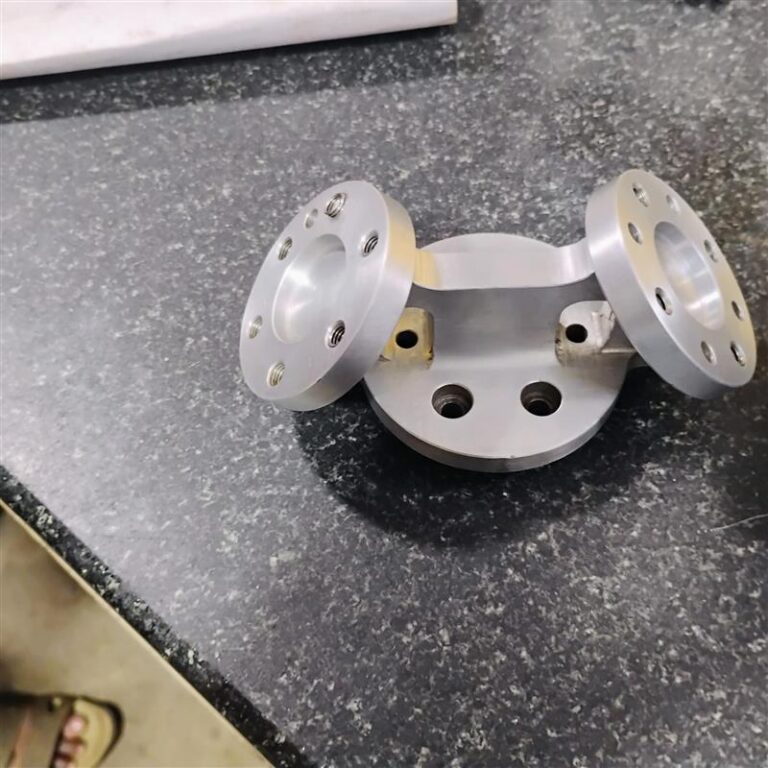
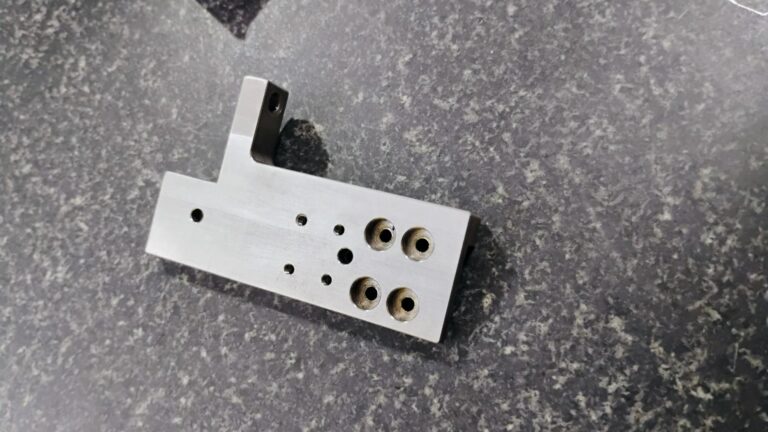
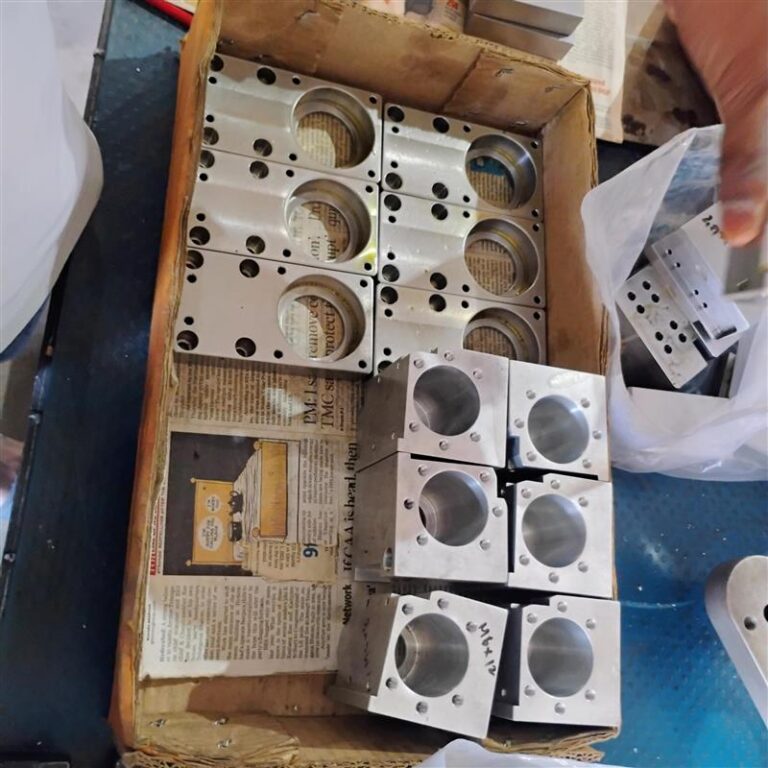
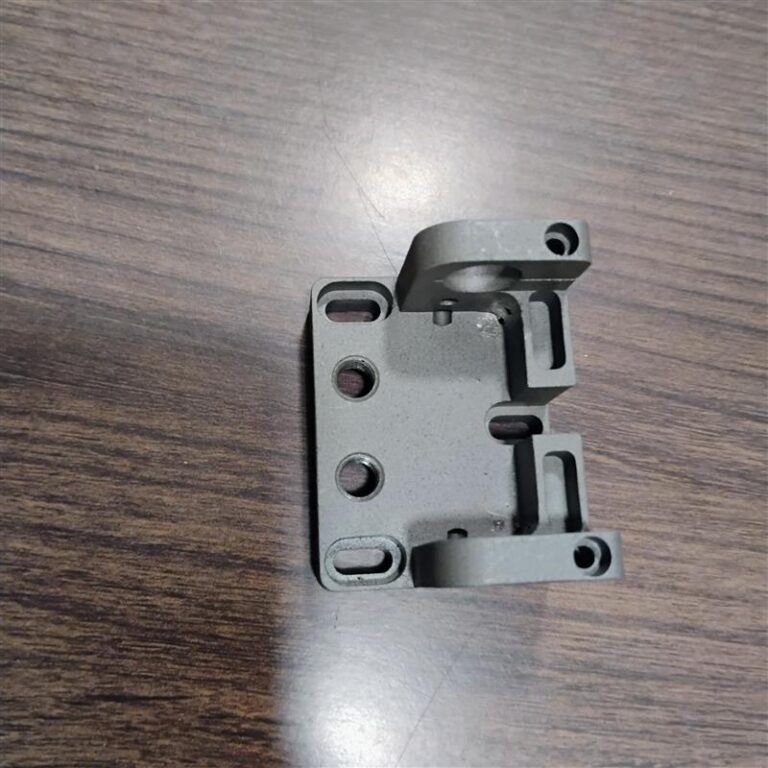
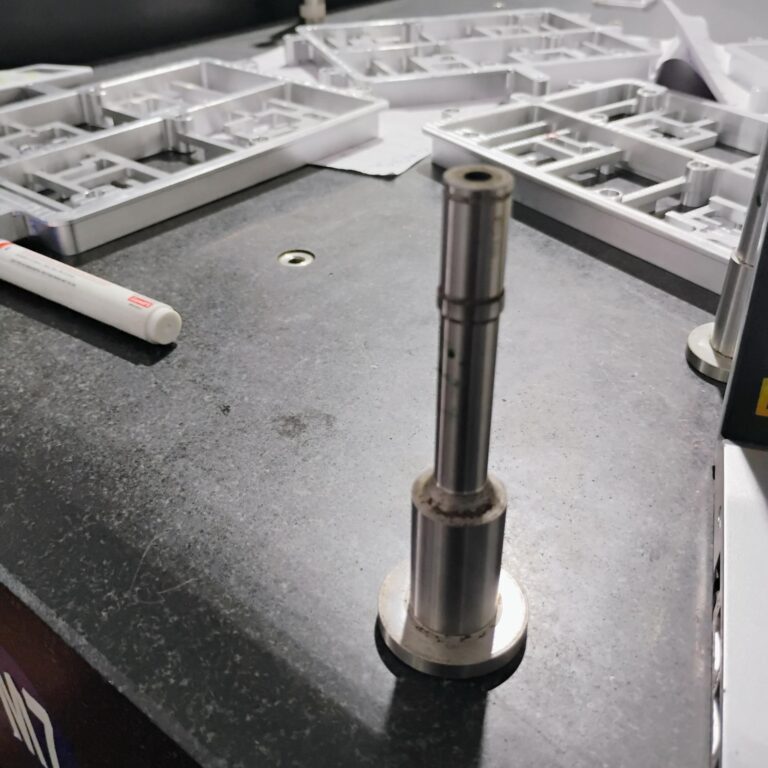
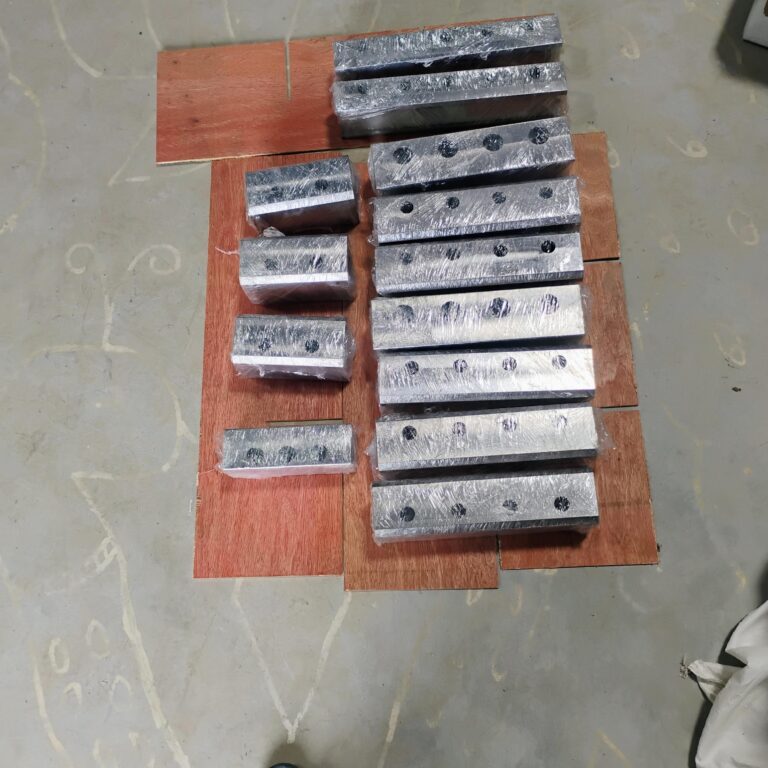
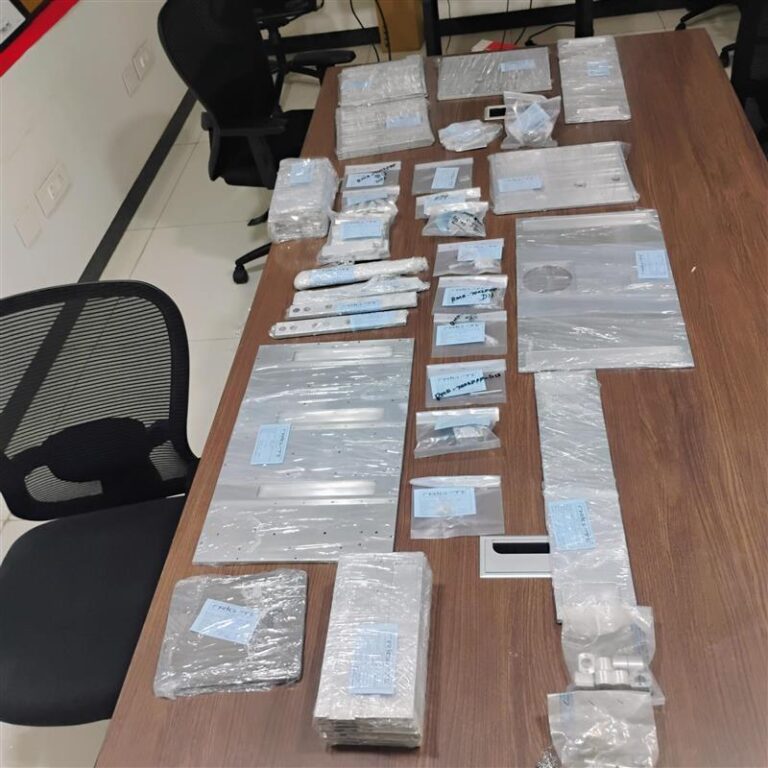

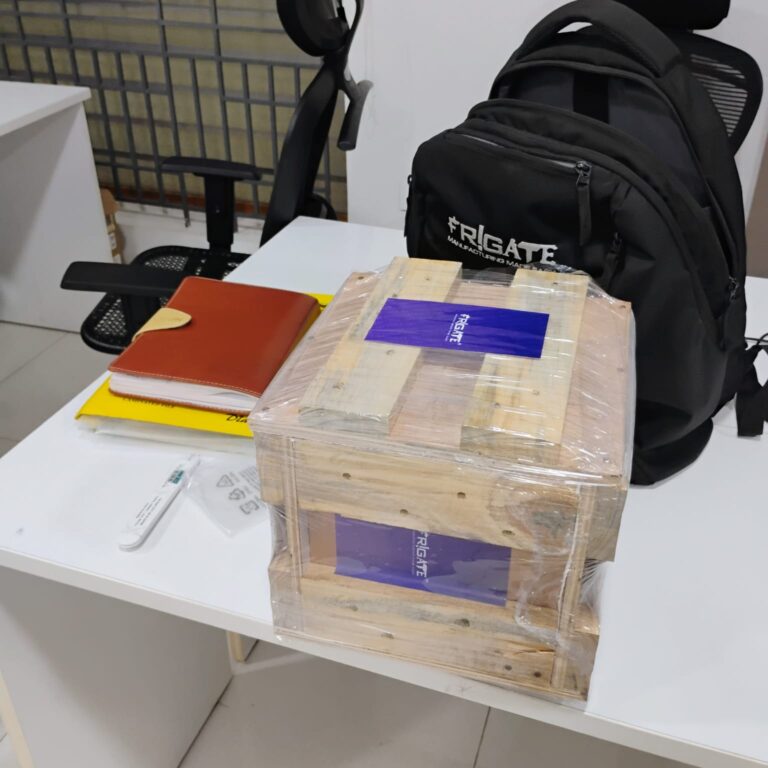



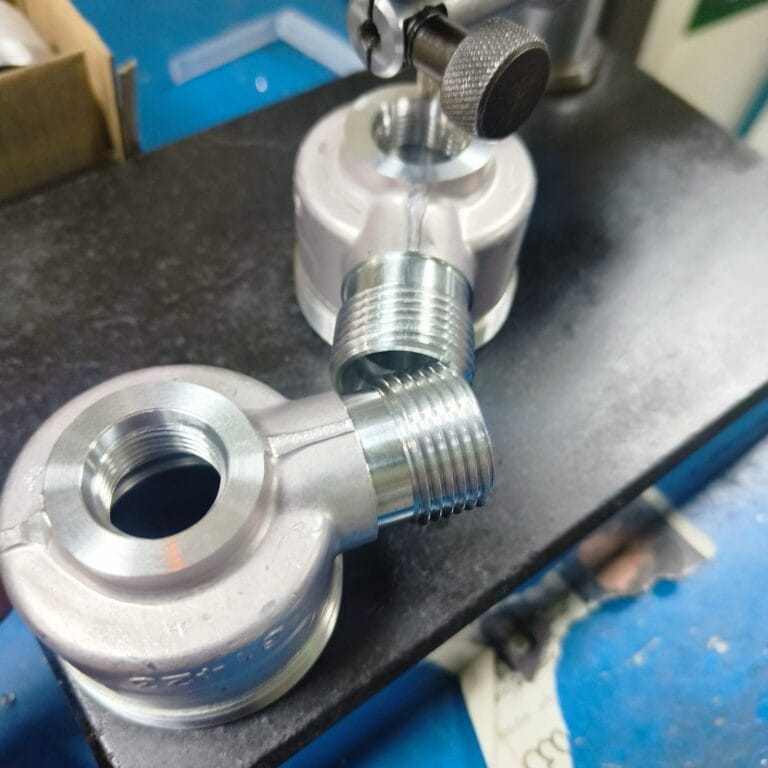
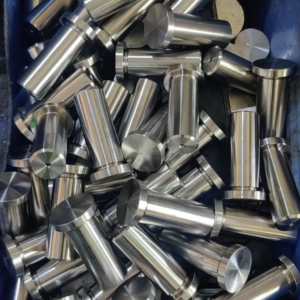
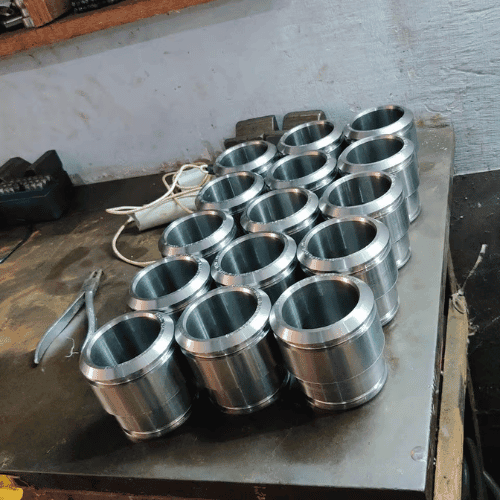
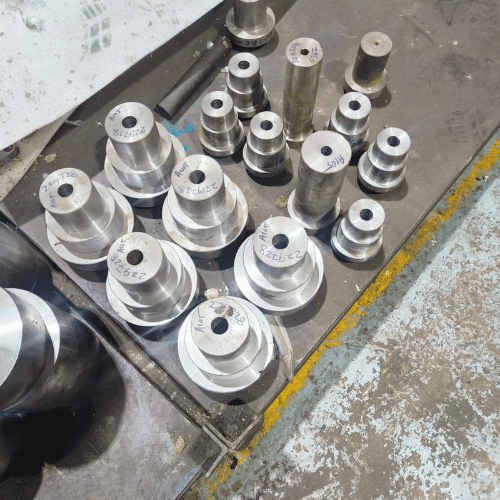
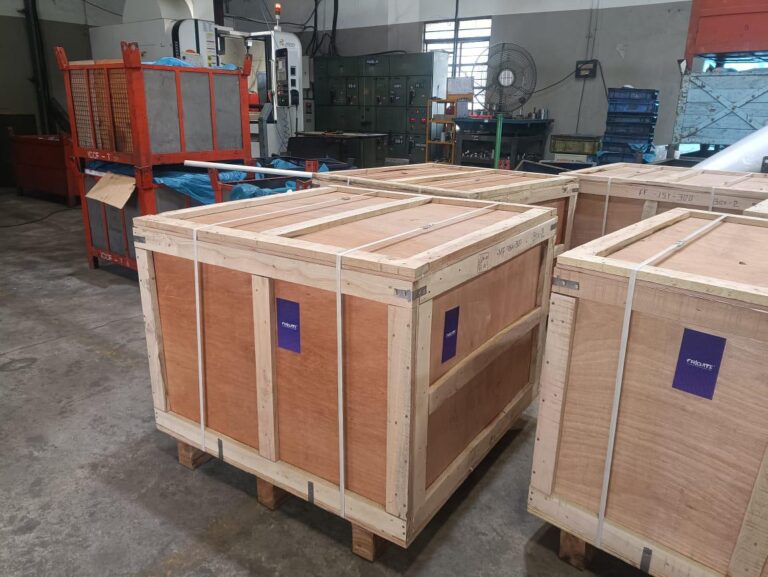
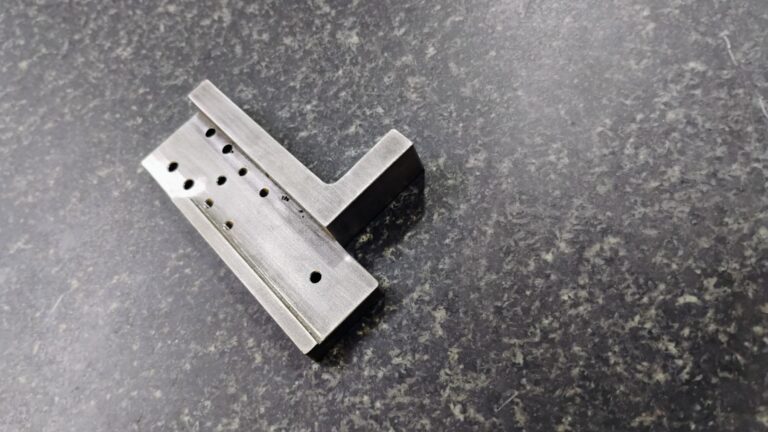
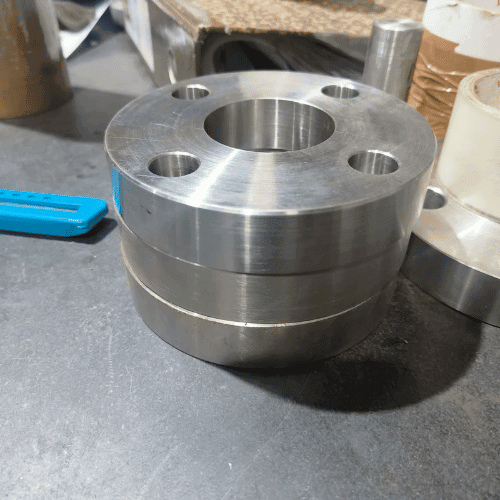
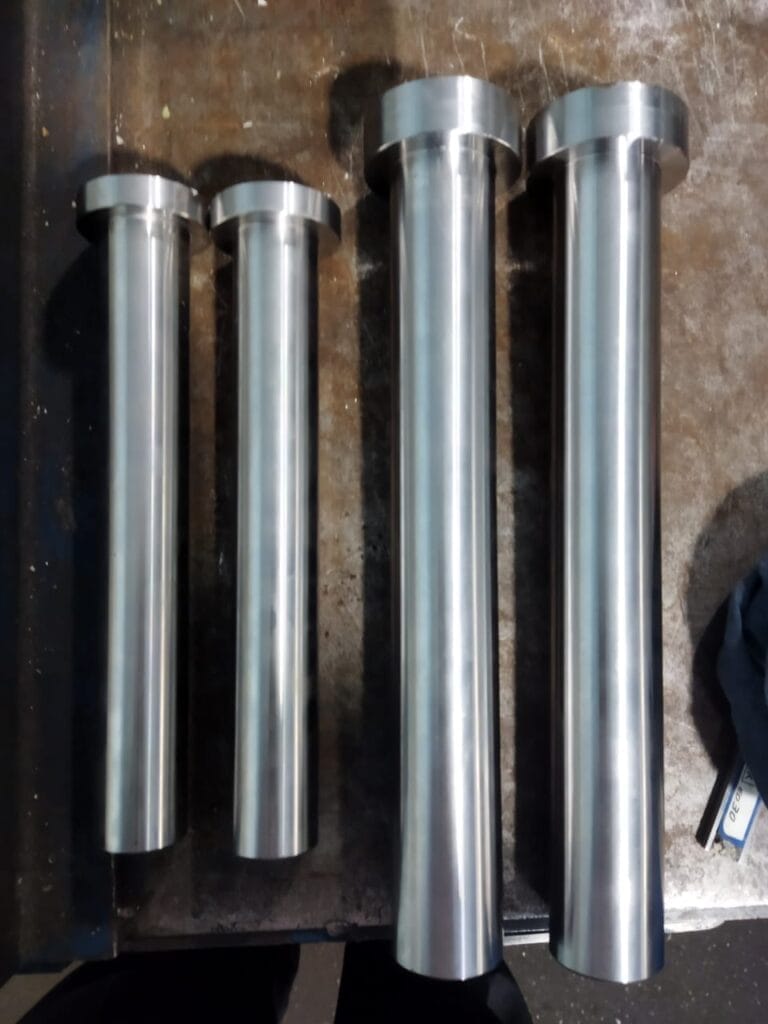

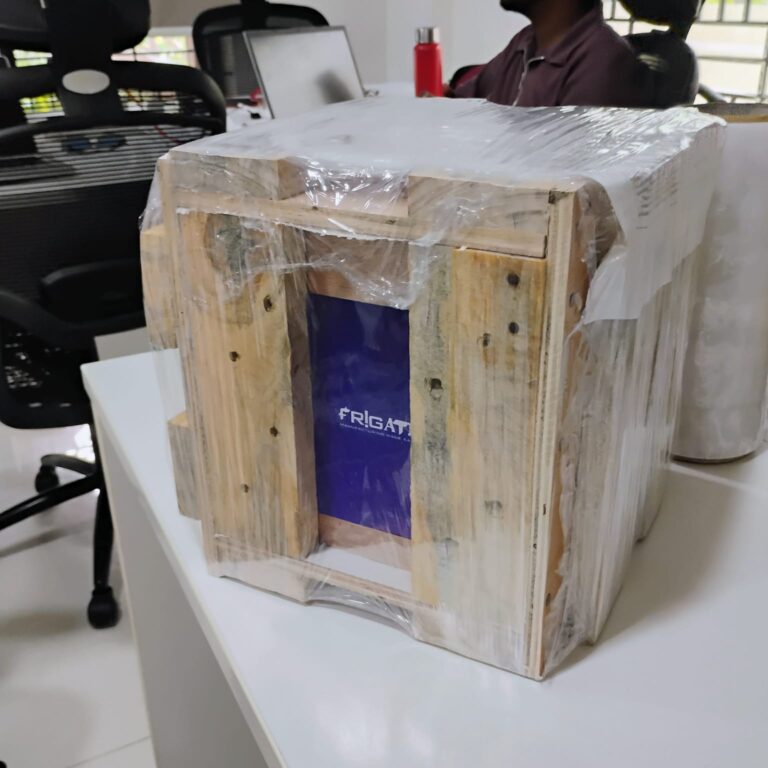

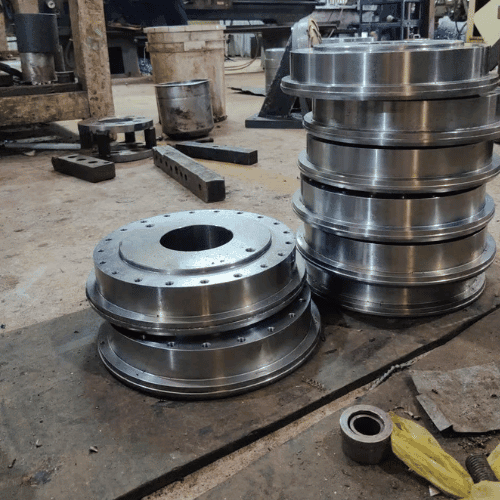
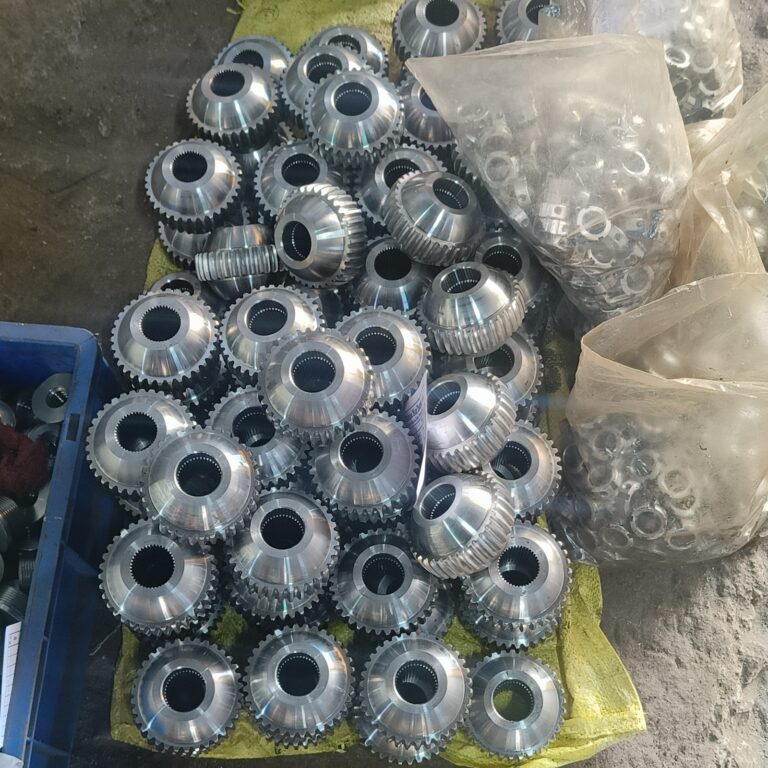
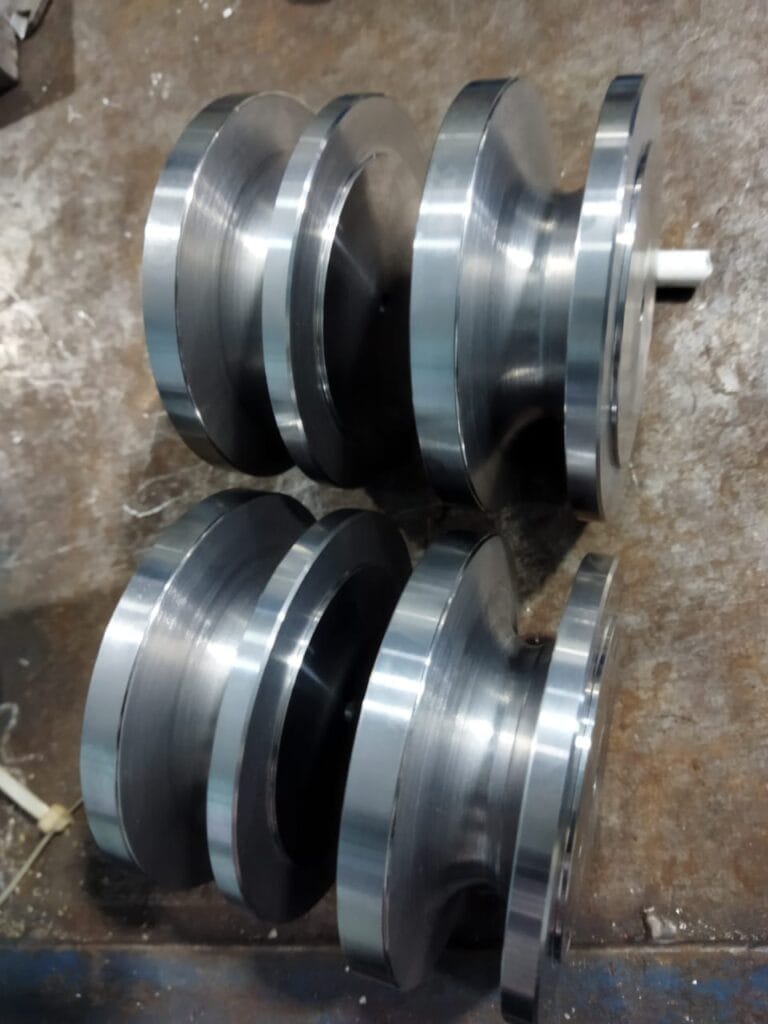
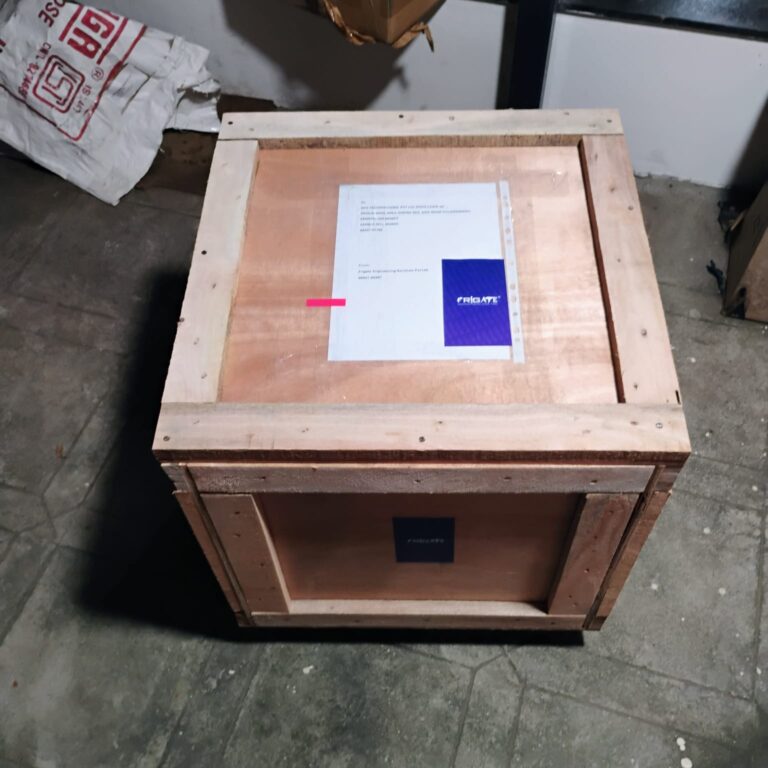

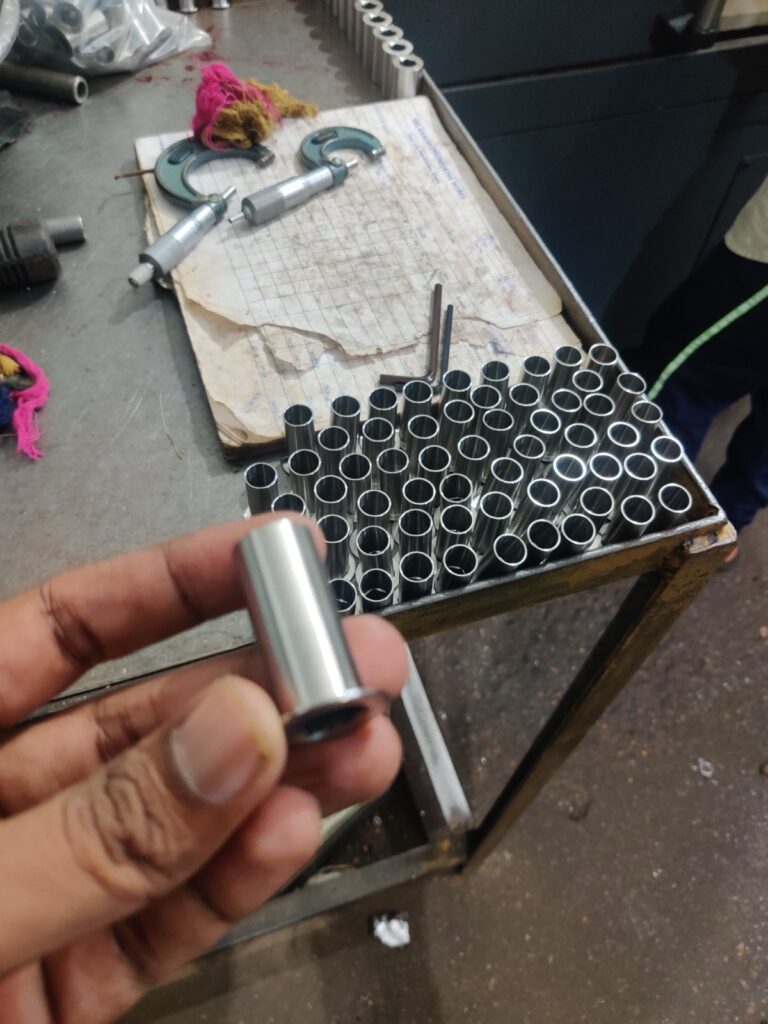
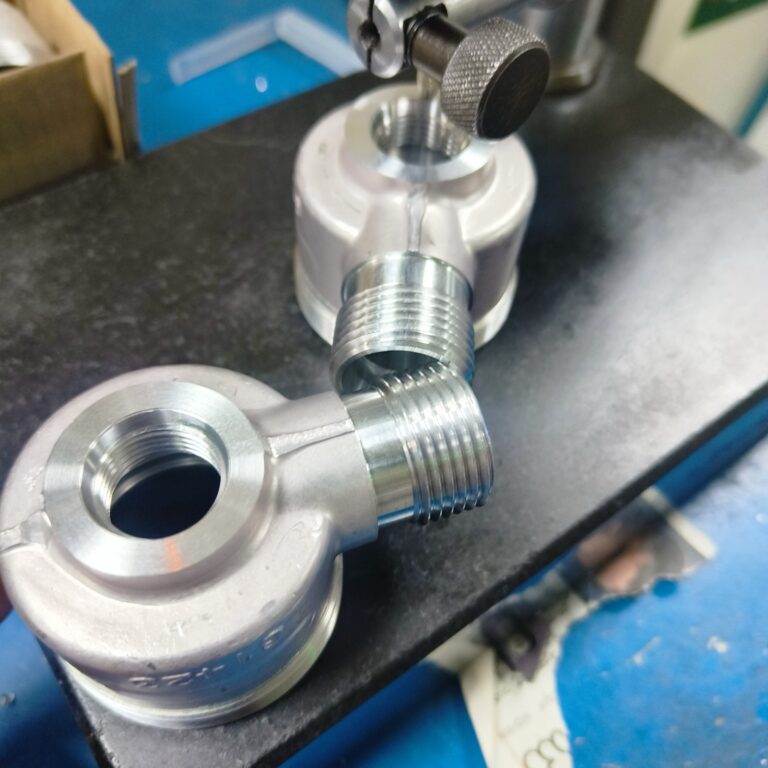
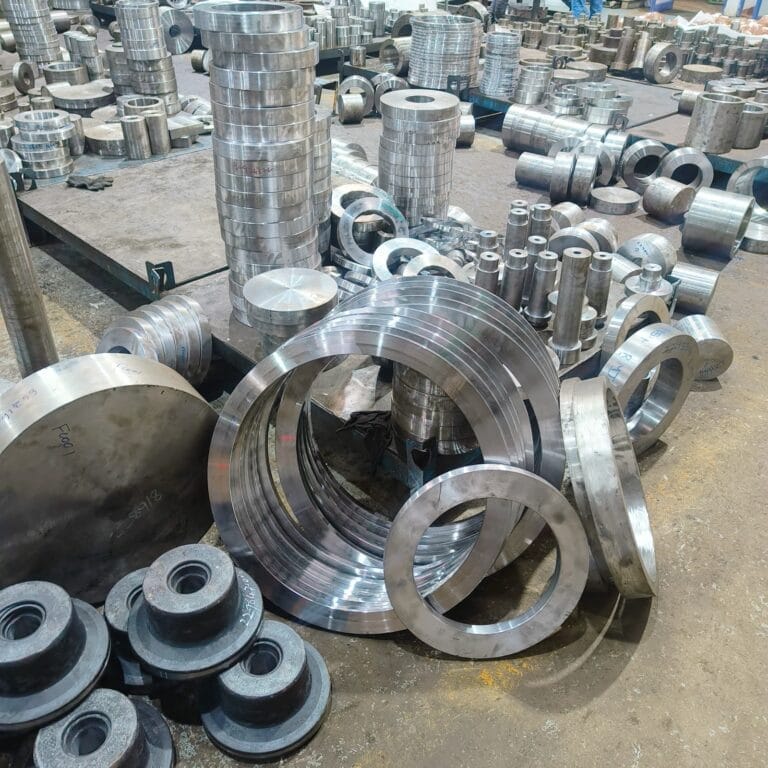
Other Industries We Serve
We deliver machining support across sectors that require consistency, material reliability, and tight dimensional control.
- Solid Progress
Our Manufacturing Metrics
Frigate brings stability, control, and predictable performance to your sourcing operations through a structured multi-vendor system.

2.8X
Sourcing Cycle Speed
Frigate’s pre-qualified network shortens decision time between RFQ and PO placement.
94%
On-Time Delivery Rate
Structured planning windows and logistics-linked schedules improve project-level delivery reliability.
4X
Multi-Part Consolidation
We enable part family batching across suppliers to reduce fragmentation.
22%
Quality Rejection Rate
Multi-level quality checks and fixed inspection plans lower non-conformities.
30%
Procurement Costs
Optimized supplier negotiations and bulk order strategies reduce your overall sourcing expenses.
20%
Manual Processing Time
Automation of sourcing and supplier management significantly reduces time spent on manual tasks.
Get Clarity with Our Manufacturing Insights
- FAQ
Having Doubts? Our FAQ
Check all our Frequently Asked Questions in CNC Milling
Frigate uses FEM-based toolpath simulation and real-time spindle load monitoring to predict and mitigate deflection. High-rigidity cutters and optimized holder overhang are chosen based on cavity depth and material modulus. Custom chip evacuation strategies are deployed to avoid thermal stress buildup. This maintains tight dimensional conformance across complex geometries.
Frigate aligns CMM pre-checks with rotary axis calibration data to ensure positional accuracy before milling. Integrated probing systems validate concentricity after each indexed pass. Multi-axis synchronization eliminates eccentricity during contouring cycles. This results in perfectly centered bores across all critical flow sections.
Thermal expansion coefficients are modeled during CAM stage for toolpath compensation. Frigate uses flood coolant with active spindle temperature control to reduce thermal drift. Tool dwell times are minimized in heat-sensitive regions to avoid warping. In-process laser scanning confirms dimensional stability post-milling.
Frigate applies sequential face milling with controlled cutter compensation and anti-vibration mounts. Each finishing pass is calibrated for axial runout using dial indicator readings. The surface is measured with a white-light interferometer to confirm flatness below 1 micron. Final surface prep includes lapping if flatness deviation exceeds tolerance.
The feed per tooth is dynamically controlled based on workpiece hardness mapping. Frigate uses high-performance carbide tools with edge prep geometry optimized for duplex grades. Adaptive control systems adjust spindle RPM to maintain optimal chip thickness. This prevents tool failure and improves surface edge quality.
We'd love to Manufacture for you!
Submit the form below and our representative will be in touch shortly.
LOCATIONS
Registered Office
10-A, First Floor, V.V Complex, Prakash Nagar, Thiruverumbur, Trichy-620013, Tamil Nadu, India.
Operations Office
9/1, Poonthottam Nagar, Ramanandha Nagar, Saravanampatti, Coimbatore-641035, Tamil Nadu, India. ㅤ
Other Locations
- Bhilai
- Chennai
- USA
- Germany























